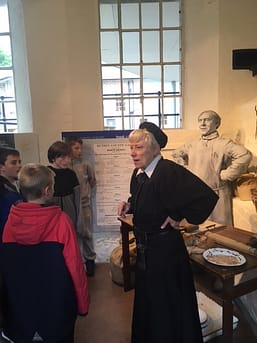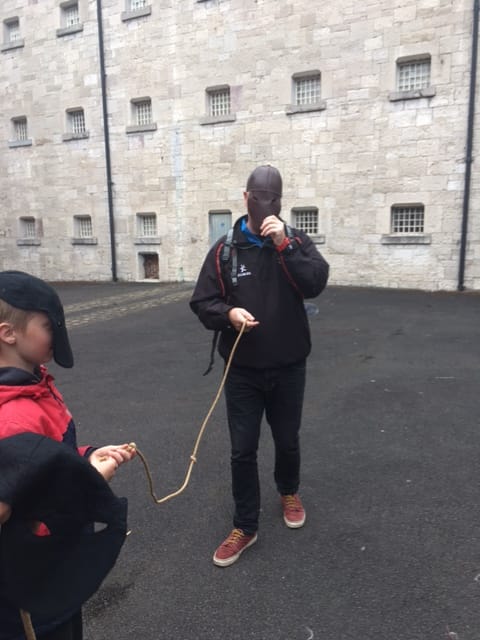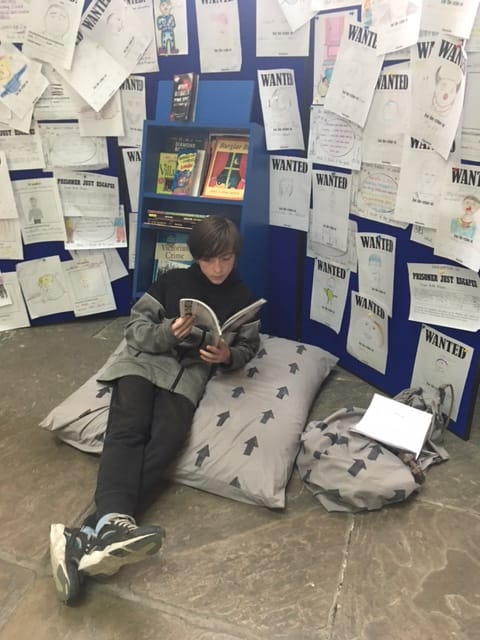
As part of our History topic on crime and punishment, we recently visited Ruthin Gaol. Both pupils and staff (including Mrs Dixon, our History teacher) were intrigued by a glimpse into the Victorian prison system, Ruthin Gaol being the only Victorian prison open to the public.
There has been a gaol of some sorts on the site since the 15th century. After the Prison Act of 1865, the gaol was extended and a new four-storey wing was built, in a similar style to the prisons such as Pentonville prison in north London, which we see on tv programmes.
Victorian reformers claimed that rehabilitation was a top priority but this certainly didn’t mean that things were easy at Ruthin Gaol. In addition to being kept in solitary confinement and watched continually, inmates were forbidden to speak to one another. When out in the exercise yard, they were made to cover their heads with cloth masks to prevent communication.
When we entered the main part of the 3 storey prison building we could see all the upper floors with the cell doors still intact and it gave us an insight to what it was like to be imprisoned there. Each cell we visited was set up to reflect a different use: female prisoner, bath house and condemned cell, with waxwork figures portraying the prisoners who were confined to the cells.
One cell was set up with a machine which seemed to have no purpose whatsoever; a large box with a handle standing on a pedestal. Apparently, prisoners could be forced to stand and turn the handle all day long and inmates might be forced to do a certain number of cranks before earning a meal.
The crank only went one direction, and could be made more difficult if the wardens adjusted the setting on a friction wheel. This was done by turning a screw, and is the origin of the slang for a gaoler being called a ‘screw’.

Mrs Dixon said it was a ‘brilliant’ history trip! She said the boys were intrigued by their visit and their conduct was exemplary.



